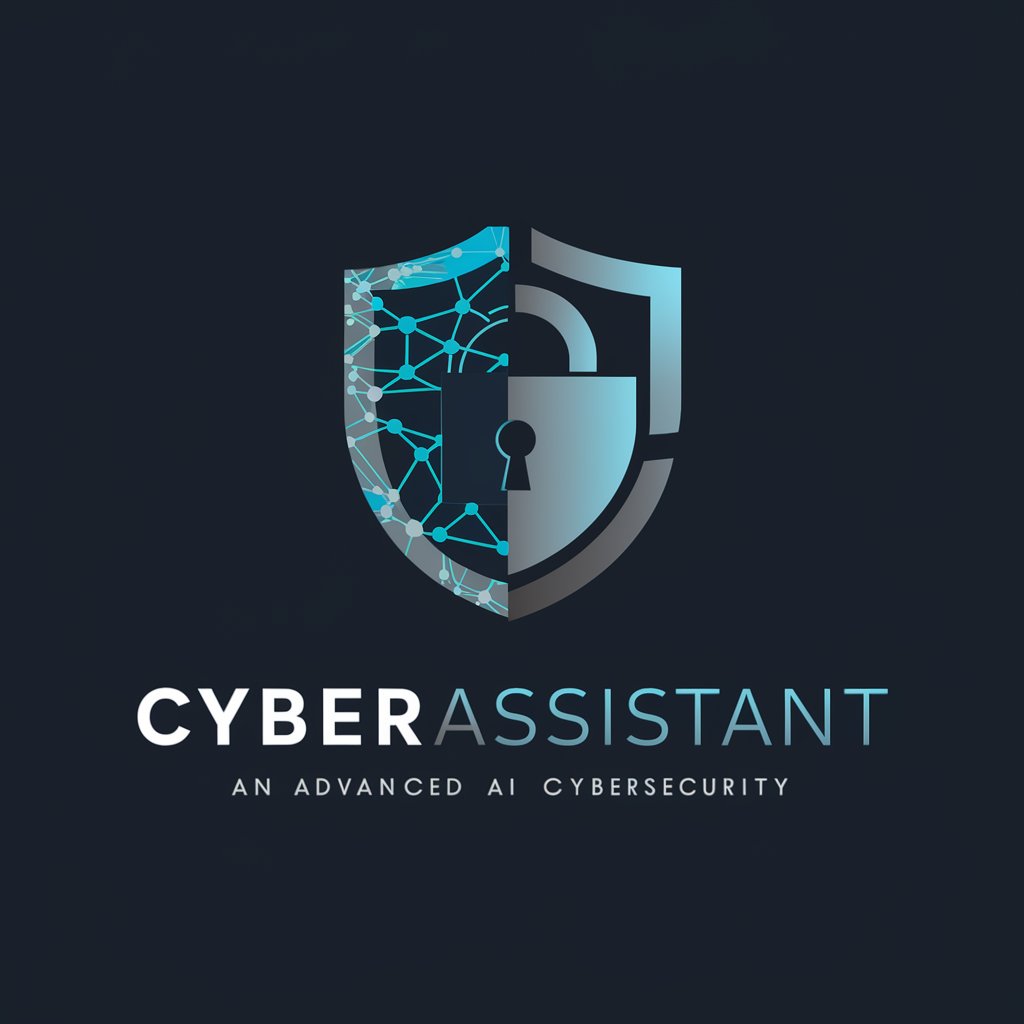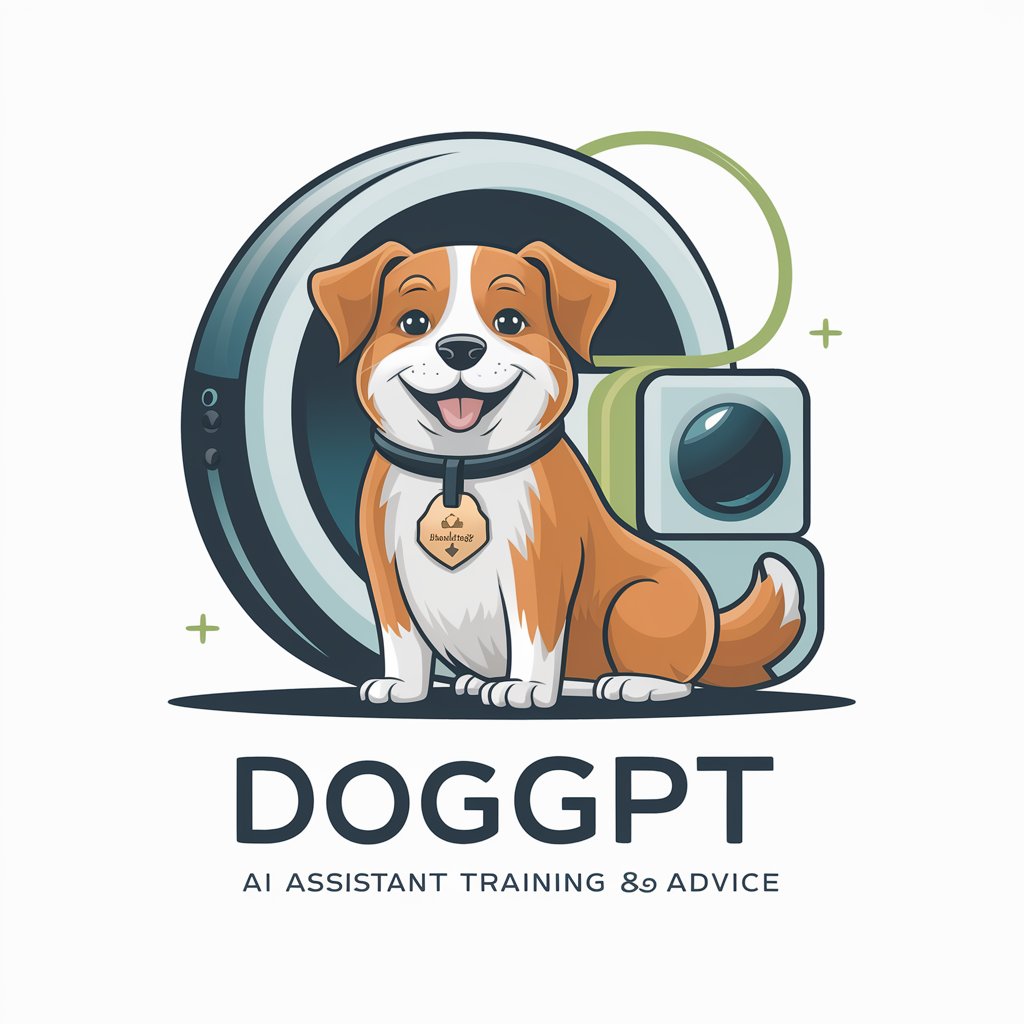CyberAssistant - Cybersecurity AI Assistant

Welcome to CyberAssistant, your expert guide in cybersecurity solutions.
Empowering cybersecurity with AI
Explain the impact of a recent ransomware attack on a major organization.
Outline the steps to conduct a vulnerability assessment for a small business.
Describe the best practices for securing a remote work environment.
Analyze the latest trends in cybersecurity threats and defenses.
Get Embed Code
Overview of CyberAssistant
CyberAssistant is designed as a specialized AI assistant focused exclusively on cybersecurity. Its primary purpose is to provide expert knowledge and assistance in various aspects of cybersecurity, ranging from vulnerability assessments to understanding the impact of cyber threats. CyberAssistant is built to serve as a reliable resource for individuals or organizations seeking expert advice and actionable insights in securing their digital environments. For example, it can guide a user through the process of setting up a secure network by identifying potential vulnerabilities and recommending best practices for mitigation. Powered by ChatGPT-4o。

Core Functions of CyberAssistant
Vulnerability Assessment
Example
Scanning a corporate network to identify security weaknesses.
Scenario
A company uses CyberAssistant to conduct a regular assessment of their network. The assistant identifies vulnerabilities like outdated software or weak encryption protocols, and provides specific guidance on updates and security configurations needed to mitigate these risks.
Incident Response Guidance
Example
Assisting in the response to a ransomware attack.
Scenario
When an organization faces a ransomware attack, CyberAssistant provides a step-by-step recovery plan. This includes isolating infected systems, identifying the ransomware variant, and advising on data recovery processes, potentially avoiding the payment of ransom.
Security Best Practices Education
Example
Training employees on cybersecurity hygiene.
Scenario
CyberAssistant offers customized training modules for employees of a company, covering essential topics such as phishing, password security, and secure browsing practices. This proactive education helps prevent security breaches from the ground up.
Surface Scanning for Security Issues
Example
Identifying exposed data or misconfigured services on public servers.
Scenario
An e-commerce business utilizes CyberAssistant to scan their public-facing servers. The tool detects misconfigured databases and exposed sensitive customer data, prompting immediate action to secure these assets.
Target User Groups for CyberAssistant
IT Security Teams
Professionals who manage IT security will find CyberAssistant invaluable for regular security audits, threat detection, and incident response. Its ability to offer real-time, expert-level guidance enhances the team's capabilities in defending against and responding to cyber threats.
Small to Medium Enterprises (SMEs)
SMEs often lack extensive in-house cybersecurity expertise. CyberAssistant can fill this gap by providing cost-effective, expert advice on implementing robust security measures, thereby protecting their digital assets against emerging cyber threats.
Educational Institutions
Schools and universities can use CyberAssistant to educate their students and staff about cybersecurity, promote safe online practices, and protect educational data from cyber threats through continuous monitoring and threat assessments.
Individual Users
Individuals concerned with personal data security, such as preventing identity theft or securing home networks, will benefit from the tailored advice and practical security tips provided by CyberAssistant.

Guidelines for Using CyberAssistant
Initiate a Trial
Visit yeschat.ai to start a free trial without the need for logging in or subscribing to ChatGPT Plus.
Explore Features
Familiarize yourself with the key features of CyberAssistant by navigating through the interface options to understand its capabilities in cybersecurity applications.
Define Objectives
Clearly define your cybersecurity needs or challenges to make the best use of CyberAssistant’s specialized functionalities, like vulnerability assessments or security scanning.
Interactive Queries
Use specific, clear questions or commands to explore CyberAssistant’s capabilities, ensuring you leverage its expertise for detailed responses and actionable advice.
Review Results
Carefully analyze the responses and suggestions provided by CyberAssistant to improve your cybersecurity posture or resolve specific issues.
Try other advanced and practical GPTs
DogGPT
Your Virtual Vet Assistant

DocGPT
Your AI Health Assistant

DogGPT
AI-powered Canine Training Guide

DocGPT
Your AI-Powered Health Assistant

MomGPT
Your AI-Powered Nurturing Companion

DOGGPT
Chat fun with AI-powered dog!

ActionsCreater-Actions助手
Automate API Spec Creation Effortlessly

ActionsHelper
Simplify API Design with AI

GPT Action Builder
Power Your Decisions with AI

YAML Actions OpenAPI Code Generator
Automating API Integrations with AI

Gamer's Edge
Strategize, Play, Dominate: Your AI Gaming Coach

Unbiased Lookup
Explore every angle with AI

Frequently Asked Questions About CyberAssistant
What makes CyberAssistant different from other AI tools?
CyberAssistant is specifically designed for cybersecurity tasks, with advanced capabilities in identifying vulnerabilities, offering security advice, and conducting surface scans.
Can CyberAssistant help in real-time cybersecurity threat detection?
Yes, CyberAssistant can assist in real-time by analyzing current security threats and suggesting immediate actions to mitigate potential risks.
How does CyberAssistant handle data privacy?
CyberAssistant adheres to strict data privacy protocols, ensuring that all user data is handled confidentially and securely without external access.
Is there a learning curve to using CyberAssistant effectively?
While CyberAssistant is user-friendly, maximizing its potential in complex cybersecurity scenarios may require a basic understanding of cybersecurity principles.
Can I integrate CyberAssistant into existing security systems?
Yes, CyberAssistant can be integrated into existing security frameworks to enhance capabilities and provide layered security insights.
